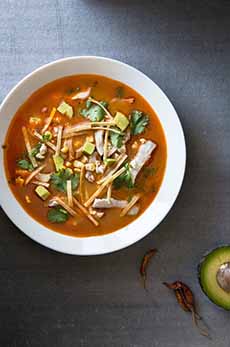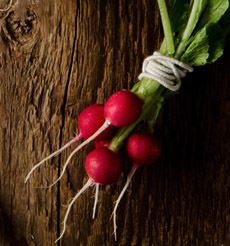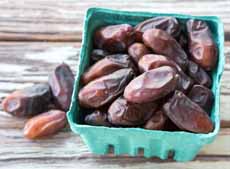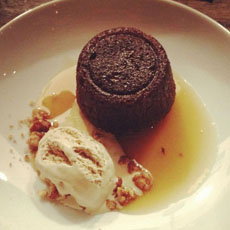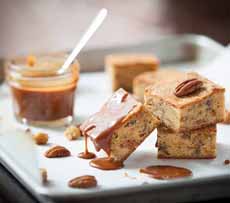|
The first man-made candy was a taffy-like sweet made by cave men, who dried honey into chewy pieces.
But nature’s first ready-to-eat candy was the date. Figs may have been the first cultivated food (more about that below), but dates, which followed them, became the go-to candy.
Wild dates are not edible, but early farmers discovered how to make the date palm bear sweet, succulent fruit. Honey, dates, figs and honey-coated nuts satisfied the sweet tooth for millennia.
DATE NUTRITION
A premium date has the sweetness of honey crossed with sugar syrup. The flesh is soft and easily digestible. Its simple sugars—fructose and dextrose—replenish energy quickly (dates have been called “the world’s first energy snack”).
Dates are as sweet as any dessert—but the sweetness is natural sugar (largely glucose and fructose), not refined sugar.
With only 24 calories per date (248 calories per 3.5 ounce/100 gram serving), nutritious dates are as satisfying as empty-calorie candy and baked goods. They are high in dietary fiber and contain more potassium than bananas. They are virtually fat-free, cholesterol-free and sodium-free. And they contain an impressive number of vitamins.
The science behind dates is also impressive. The fruit is loaded with different antioxidants that help with cholesterol, inflammation, eyesight and various cancers.
As with any food, quality makes a big difference. There are luscious dates that are “food for the gods,” and sad, dried-out dates that at best should only be used for cooking and baking. If you can’t find good dates locally (we have this problem), you can buy them online. Nuts Online is a good source.
You don’t need to mourn the sweet fruits of summer when you have a supply of good dates.
And, as we’re close to Valentine’s Day, you have a good reason to make it a date.
As with everything, there are different grades of quality. Go for the best. If your grocer doesn’t have the best, buy online.
TYPES OF DATES
Different date varieties ripen at different types during the season. The peak season for harvesting dates is mid-autumn through mid-winter (October through January in the U.S.). That means that a good variety is available now.
Some varieties are chewier than others, some varieties are sweeter than others. But whatever the variety, look for plump, shiny dates and steer clear of those that are too sticky or covered with crystallized sugar.
Most dates are sold with the pits in. To pit them for cooking, dust the blade of a paring knife with flour to minimize sticking.
California’s Bard Valley, on California’s southeast border, is our nation’s date-growing capital.
BARHI DATES: A small to medium size, barhi dates are nature’s caramel. The skin turns from amber to golden brown when the dates are cured. Sensual, velvety and syrupy-soft, a hint of vanilla gives them a caramel-like flavor. Add some mascarpone and you’ll have a dessert with flavor and texture extraordinaire.
DAYRI DATES: A medium to large size, with a soft (as opposed to chewy) texture. Of all the date varieties, Dayri dates have one of the strongest, most quintessentially “date-like” flavors. They’re generally not as sweet as Medjool, so are an alternative for those who want a less sweet date. When fully ripe, the skin is brown to dark brown.
|



